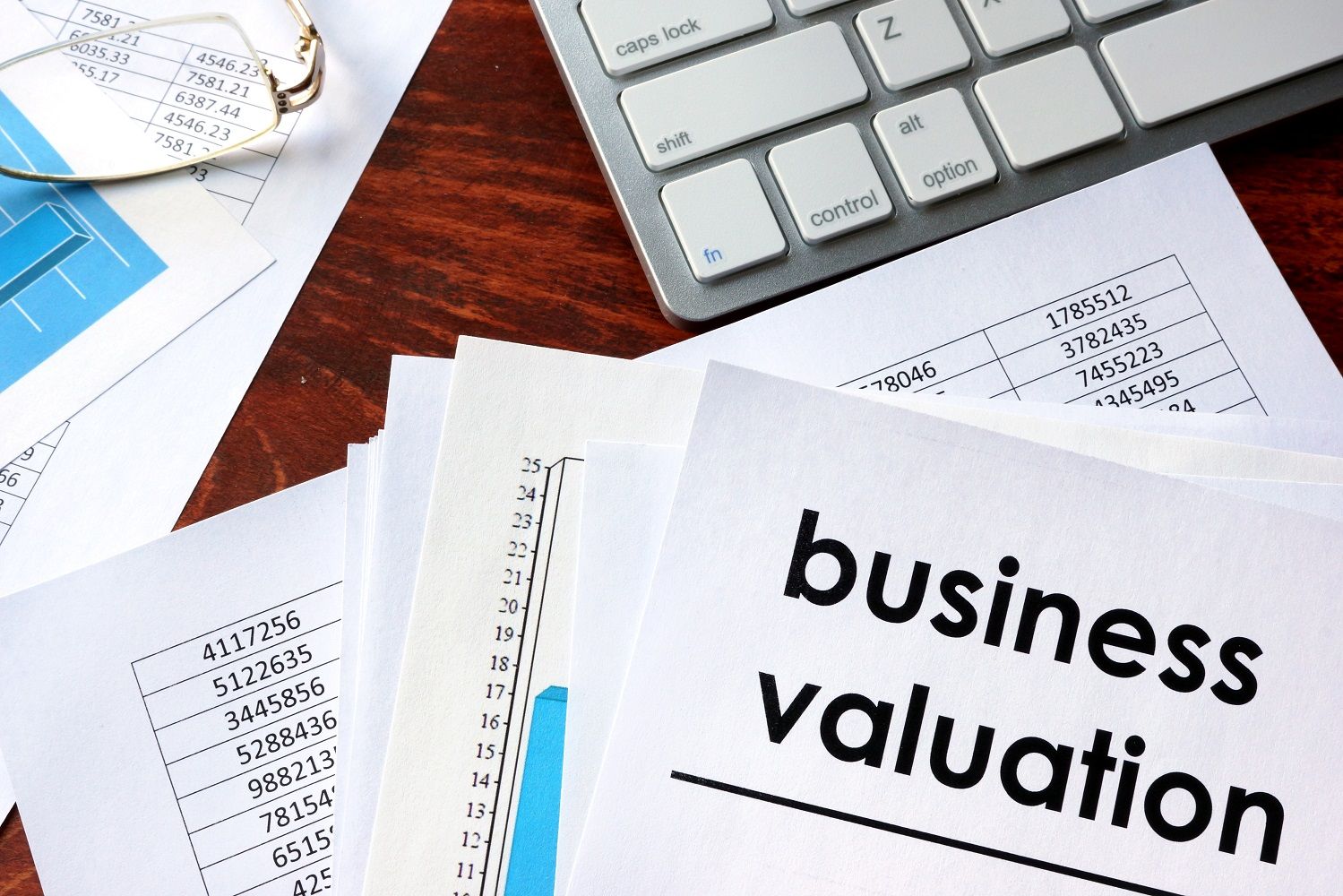Determining the value of a small business can be a complex process, but it is an important step for any business owner looking to sell their company or secure funding. In this post, we'll discuss some of the most commonly used methods for valuing small businesses and provide some background information on how small and medium-sized businesses (SMBs) are typically valued in the United States.
EBITDA Multiple for a Small Business
One of the most widely used methods for valuing small businesses is the income approach. This method looks at the company's past and projected financial performance, including factors such as revenue, expenses, and profits. The income approach typically involves calculating the present value of future cash flows, which is then used to determine the overall value of the business.
The typical EBITDA (Earnings Before Interest, Taxes, Depreciation, and Amortization) multiple for determining the value of a small business can vary widely depending on the industry and the specific characteristics of the business. EBITDA multiples are used to calculate the enterprise value of a company, which is the total value of the business including debt and other liabilities.
The EBITDA multiple is calculated by dividing the enterprise value of a business by its EBITDA. A typical EBITDA multiple can range anywhere from 4 to 12 times EBITDA, but it can be higher or lower in certain circumstances.
For example, a mature, stable business with a long history of consistent profits might have a higher EBITDA multiple than a newer, less established business with a more uncertain future. The EBITDA multiple can also vary depending on the industry, with some sectors such as technology having higher multiples than others like retail.
It's worth noting that EBITDA multiples are typically used to value profitable businesses, in case the business is not profitable it would not be the best valuation method. Additionally, it's important to keep in mind that EBITDA multiples are just one tool for valuing a small business and should be considered in conjunction with other methods such as the market approach and assets approach. It's always advisable to consult with a professional business broker or a financial advisor for the best possible outcome and to take into account the specific characteristics of your business.
SDE Multiple
The SDE (Seller's Discretionary Earnings) multiple is another method used to value small businesses. It is calculated by dividing the value of the business by the SDE, which is a measure of a business's cash flow. The SDE is calculated by taking the company's net income, adding back in non-cash expenses such as depreciation, and subtracting any owner's salary and benefits above a reasonable market rate.
The SDE multiple can range widely depending on the industry and the specific characteristics of the business. A typical SDE multiple for a small business can be between 1 and 5 times the SDE. However, it can be higher or lower in certain circumstances.
For example, businesses with a long history of consistent profits and a strong customer base may have a higher SDE multiple than newer, less established businesses. The SDE multiple can also vary depending on the industry, with some sectors such as technology having higher multiples than others like retail.
It's worth noting that SDE multiples are typically used to value profitable businesses, in case the business is not profitable it would not be the best valuation method.
Comparable Sale Analysis
Another commonly used method is the market approach, which looks at the value of similar businesses that have been sold recently. This approach can be useful for businesses in similar industries or with similar characteristics, such as size, location, and revenue. The market approach can be a valuable way to compare your business to others and get a sense of what it might be worth.
A third method for valuing small businesses is the assets approach, which looks at the value of the company's assets, such as equipment, inventory, and real estate. This approach can be useful for businesses that have a lot of tangible assets, such as manufacturing or construction companies.
In addition to these methods, there are several other factors that can affect the value of a small business. These include the company's reputation, customer base, and industry trends. For example, a business that has a strong reputation and a loyal customer base may be worth more than one that is struggling to attract new customers.
In the United States, SMBs are typically valued using a combination of these methods. The specific method or methods used will depend on the type of business and the information available. It's important to keep in mind that there is no one “correct” way to value a small business and different methods may produce different results.
Final Thoughts
In conclusion, determining the value of a small business can be a complex process, but it is an important step for any business owner looking to sell their company or secure funding. It's important to consider multiple methods and to seek advice from a professional such as a business broker or a financial advisor for the best possible outcome.

